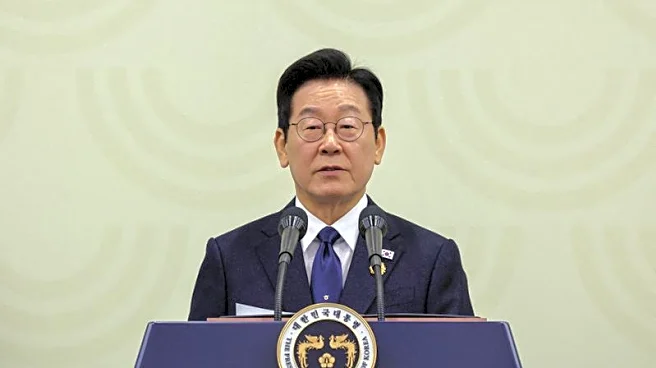What's Happening?
Leicestershire County Council has decided to allocate £1.4 million to hire consultants for a thorough efficiency review of its operations. The council, under the leadership of Reform UK, is undertaking
this initiative to address a £90 million budget gap. Consultancy firm Newton has been tasked with conducting a 'top-to-bottom' analysis of the council's £1.3 billion annual expenditure. The review aims to uncover savings that significantly surpass the consultancy costs, focusing on enhancing efficiency, optimizing contract procurement, and maximizing income. Council leader Dan Harrison highlighted the importance of this review in meeting the expectations of residents for cost reductions. However, there is some opposition, with Michael Mullaney of the Liberal Democrat group expressing doubts about the potential for finding substantial savings.
Why It's Important?
The council's decision to engage consultants for a cost-cutting review is significant as it seeks to address a substantial budget deficit, which could have implications for public services and fiscal policy. This move reflects a proactive approach to financial management, potentially serving as a model for other councils facing similar challenges. The review's success could lead to improved efficiency and cost savings, benefiting taxpayers and public service users. However, the expenditure on consultancy services has raised concerns about the effective use of public funds, highlighting the need for transparency and accountability in the process.
What's Next?
The council expects to identify initial savings opportunities by December, with comprehensive recommendations anticipated in early 2026. The review will focus on preventive strategies to support residents before they require council services, aiming to manage increasing demand effectively. The council's fiscal strategy, including a proposed 3% council tax increase, will be closely scrutinized as the review progresses. The outcome of this initiative will be of interest to political leaders, taxpayers, and public service stakeholders, potentially influencing future budgetary and policy decisions.












